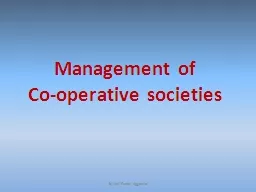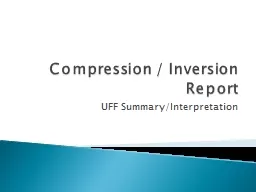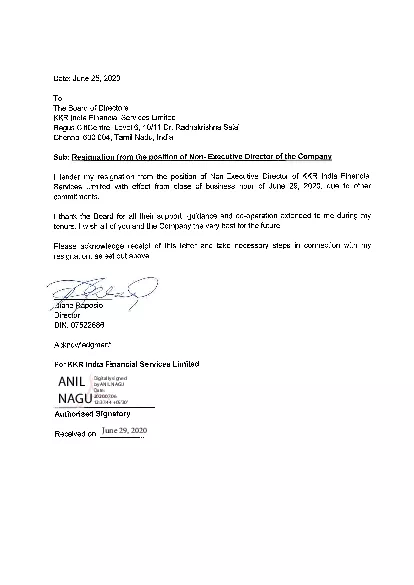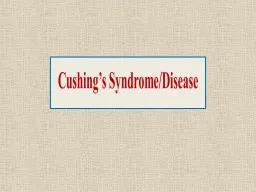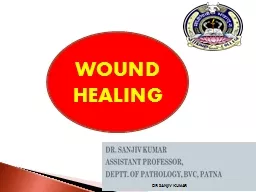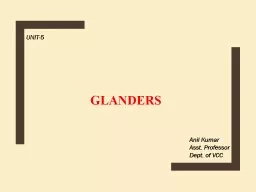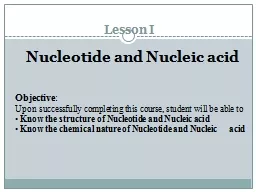PPT-Anil Kumar Asst. Professor
Author : jainy | Published Date : 2022-05-17
Dept of VCC UNIT5 Strangles Synonyms Equine distemper It is an acute infectious disease of horses and other equids characterized by upper respiratory tract infection
Presentation Embed Code
Download Presentation
Download Presentation The PPT/PDF document "Anil Kumar Asst. Professor" is the property of its rightful owner. Permission is granted to download and print the materials on this website for personal, non-commercial use only, and to display it on your personal computer provided you do not modify the materials and that you retain all copyright notices contained in the materials. By downloading content from our website, you accept the terms of this agreement.
Anil Kumar Asst. Professor: Transcript
Download Rules Of Document
"Anil Kumar Asst. Professor"The content belongs to its owner. You may download and print it for personal use, without modification, and keep all copyright notices. By downloading, you agree to these terms.
Related Documents


